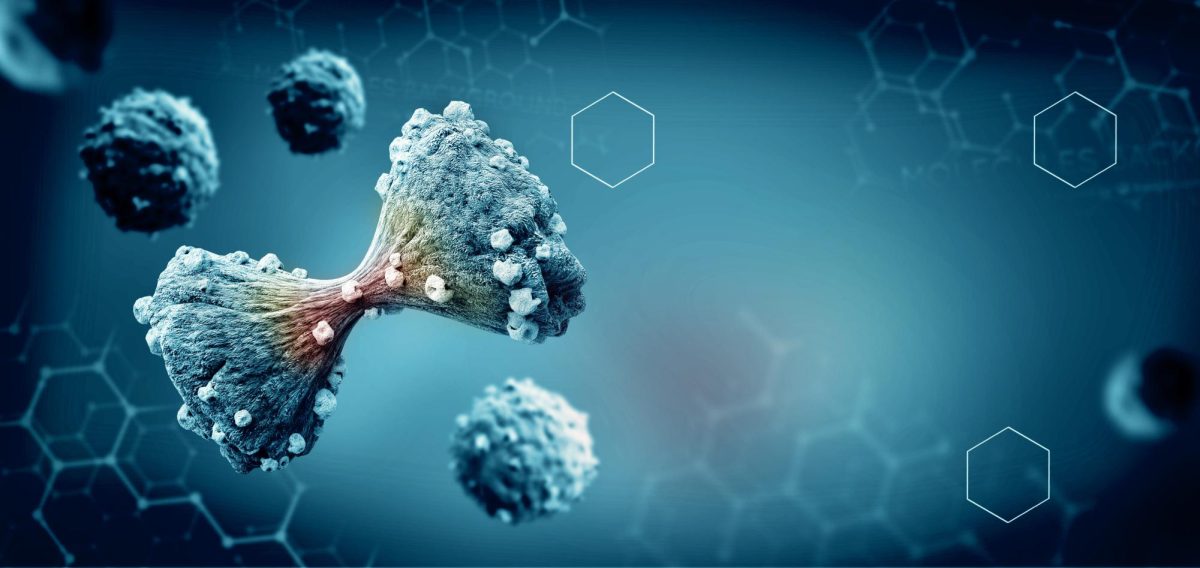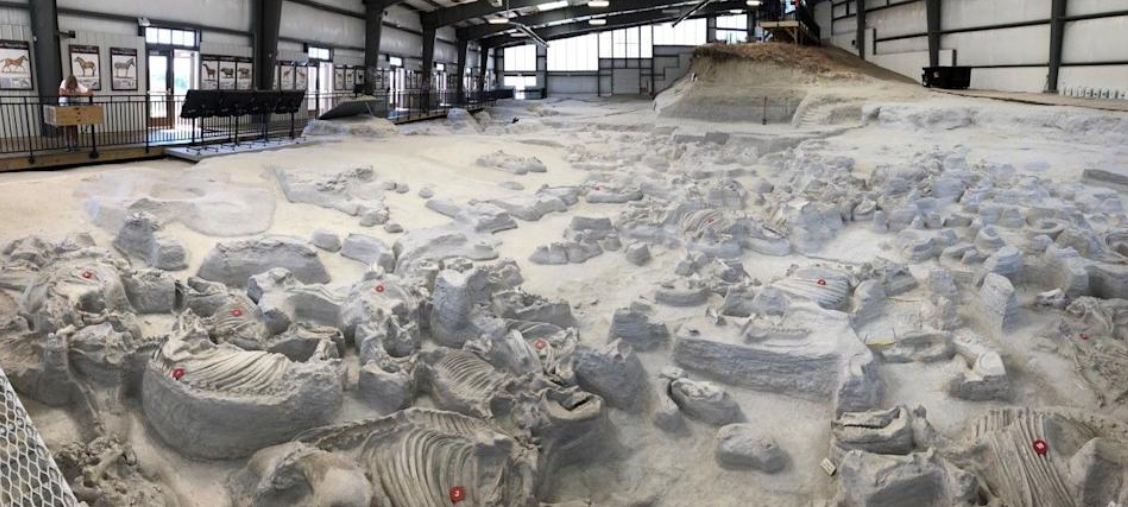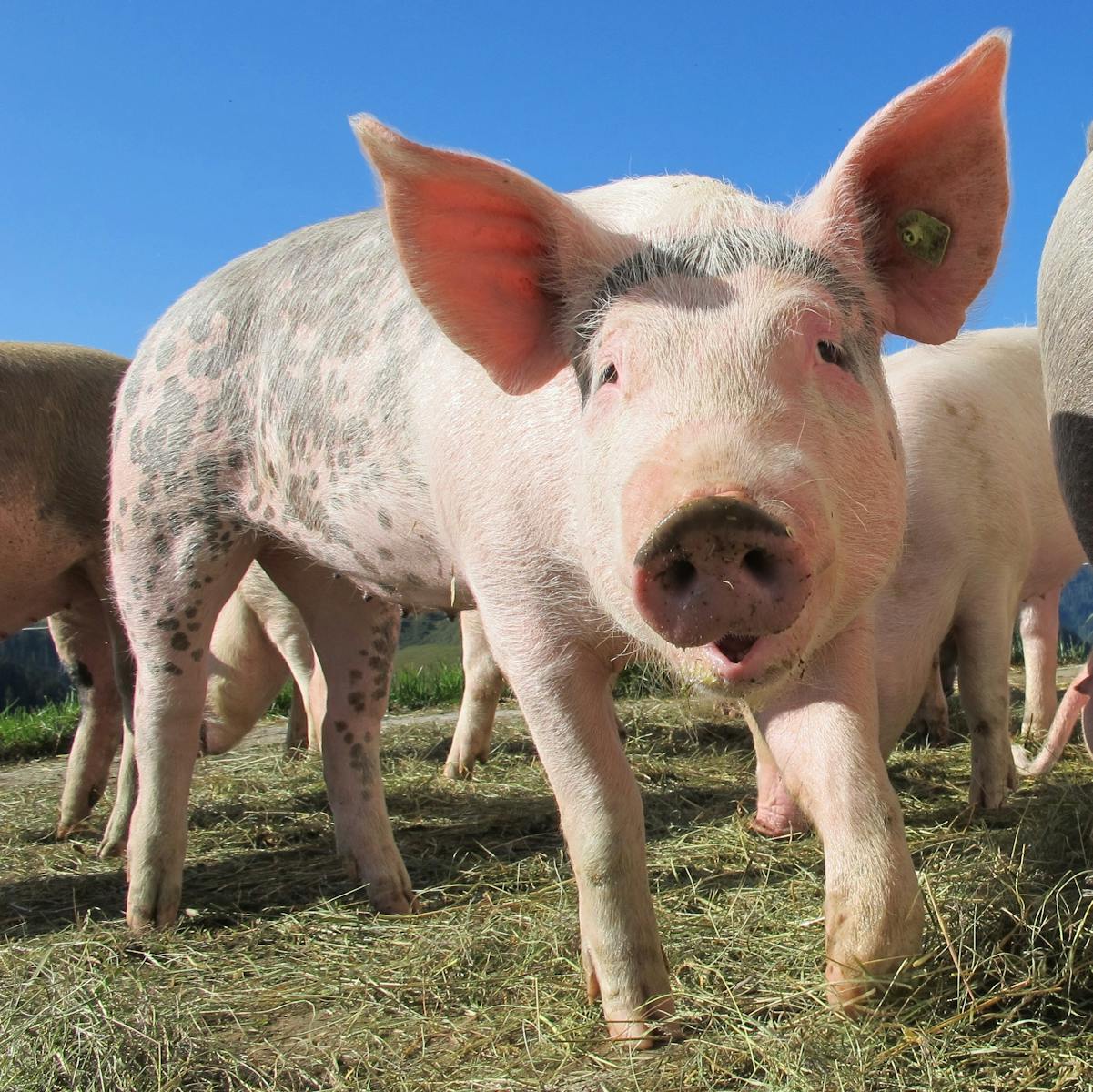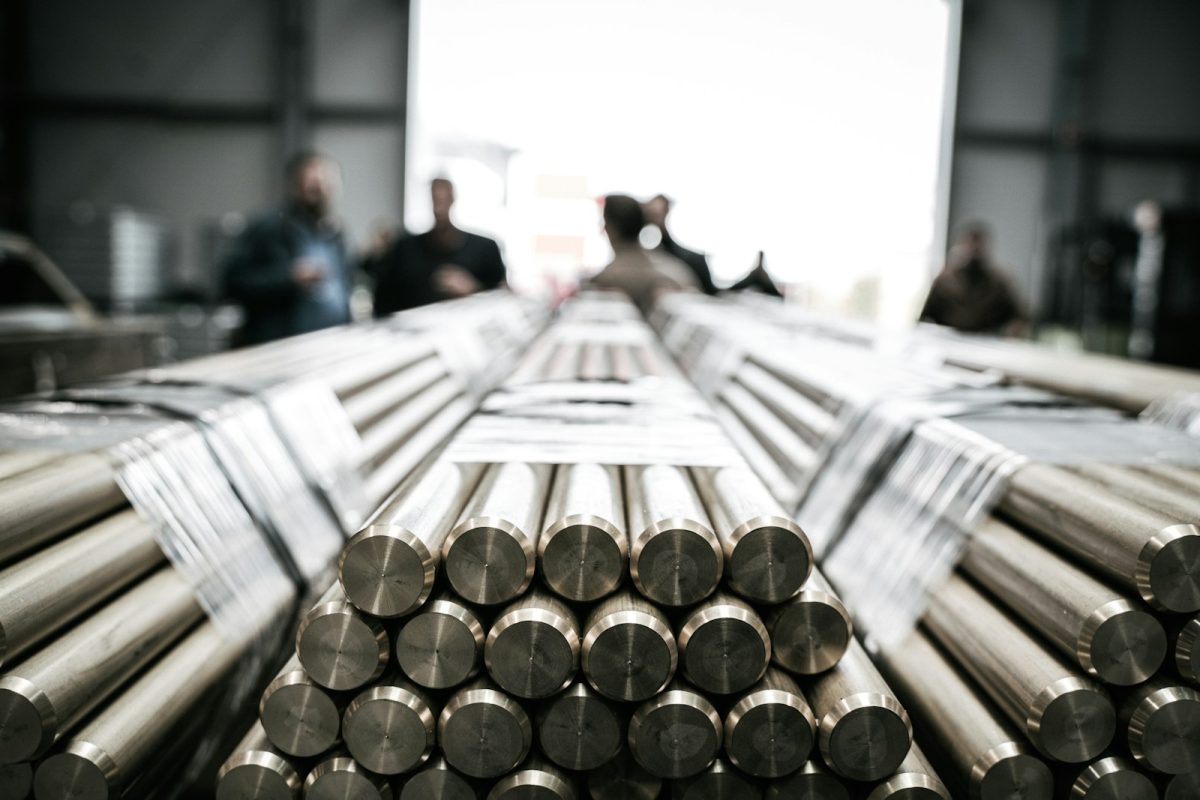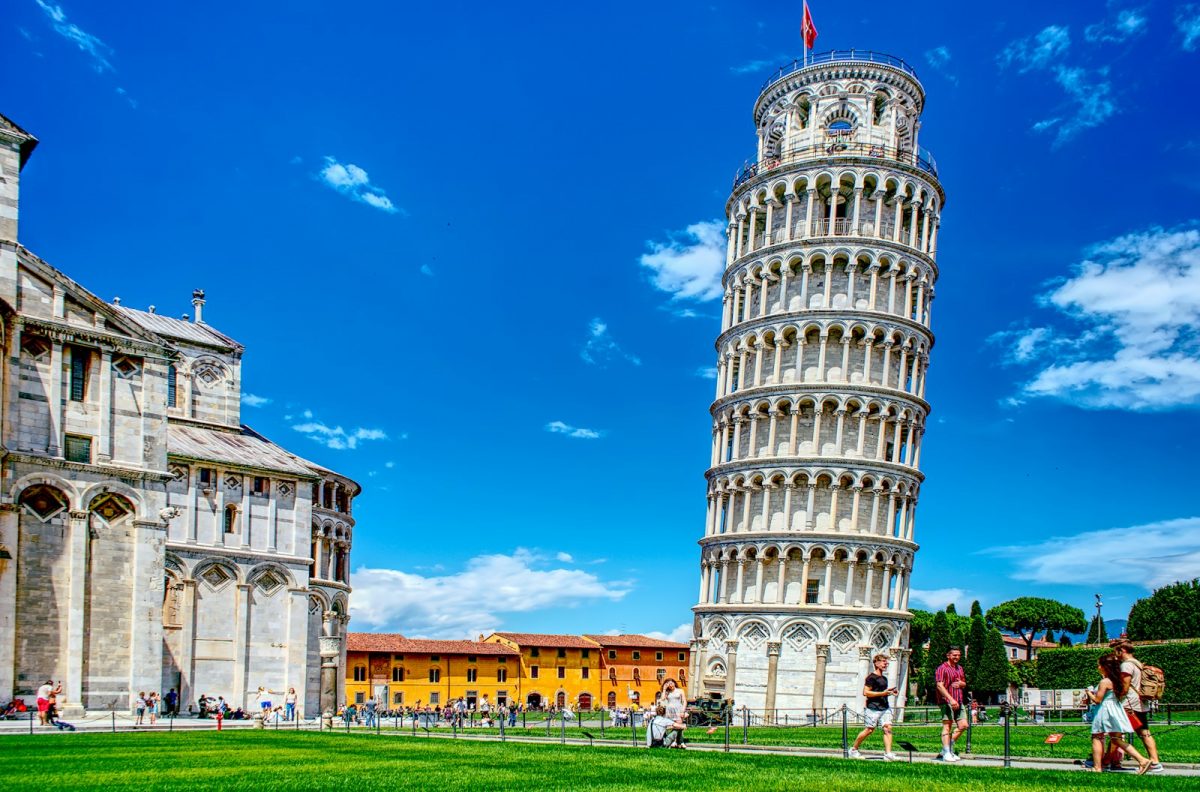The University of Cambridge team used two types of stem cells and a 3D scaffold to create a structure closely resembling a natural mouse embryo. Previous attempts have had limited success because early embryo development requires the different cells to coordinate with each other. However, the researchers placed T cells carefully in a three-dimensional scaffold and watched them started communicating and lining up into the distinctive bullet shape of a mouse embryo several days old.
http://www.bbc.com/news/health-39132678
This relates to engineering since researchers have applied their knowledge of biology and anatomy to create a new product. That new product will help us understand more about human embryos and fertility.


